The Big Story Behind Filming the Tiny Creatures in ‘A Real Bug’s Life’
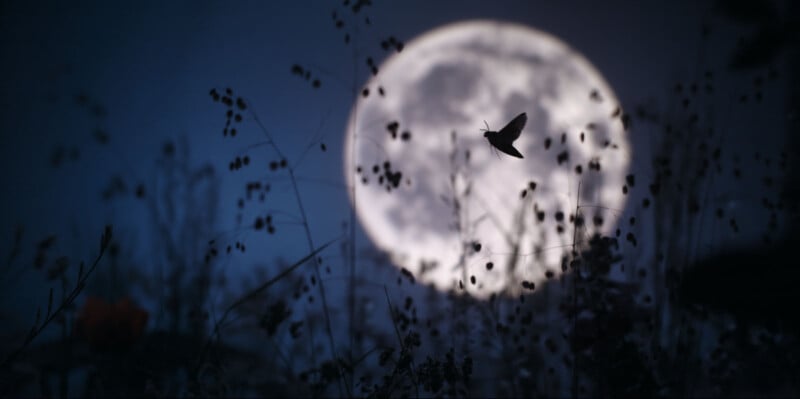
More than 25 years after Pixar’s groundbreaking feature film A Bug’s Life first hit theaters, Disney has returned to the incredible world of insects for inspiration. A new docu-series, A Real Bug’s Life, delivers a breathtaking adventure into nine different micro bug worlds.
From a photographic perspective, there is a lot to get excited about. A Real Bug’s Life features incredible technological achievements in micro photography.
Motion control gear enables exceptionally smooth and precise shots on the scale of a tiny insect. With computer control, complex shots can be planned and precisely executed.
New photogrammetry technology and improved focus stacking techniques allow creators to render the microscopic world in remarkably sharp detail — much better than using a single shot from just one lens.
PetaPixel has seen the advent of macro probe lenses in recent years, and these are used in full force in A Real Bug’s Life, too, allowing wide-angle perspectives with extremely close-up performance.
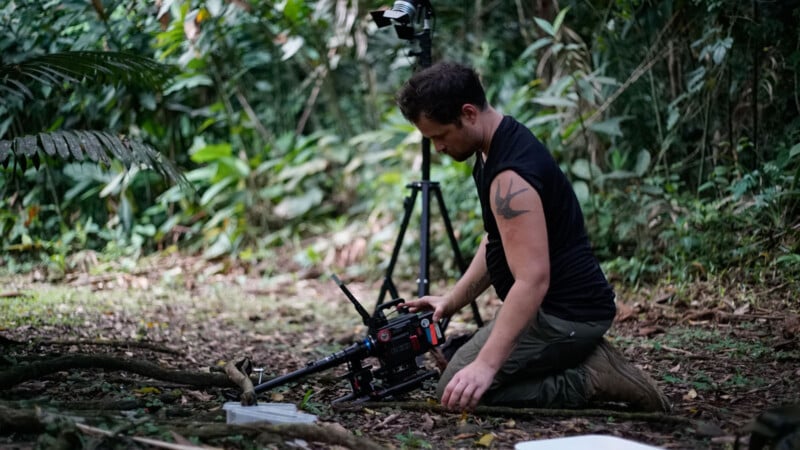
PetaPixel chatted with one of the show’s directors of photography, Nathan Small, who shot a large portion of the episodes, “The Big City” and “The Busy Farm.” These two episodes feature jumping spiders, American cockroaches, Chinese mantises, bumblebees, and doodlebugs, among others.
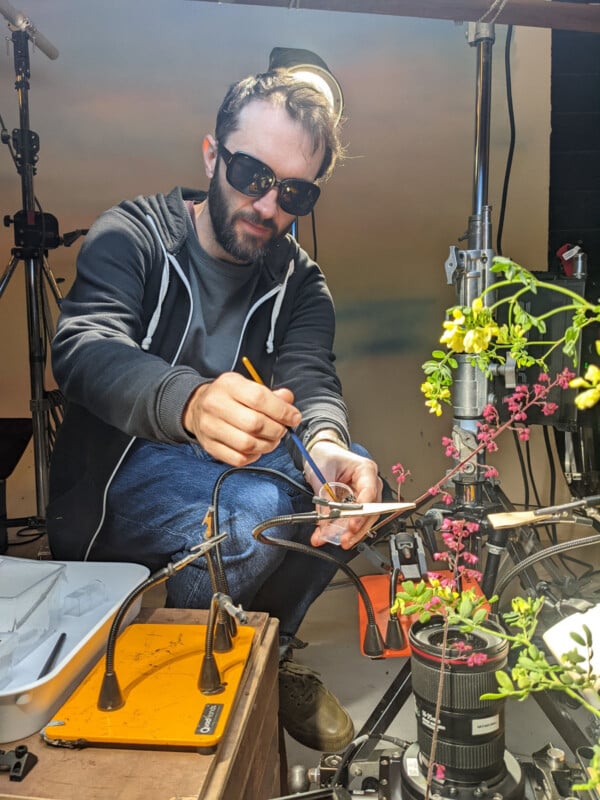
For All Types of Wildlife Work, Knowledge is Power
When planning complex shots of moving animals and especially when working at macro photography distances, understanding the subject matters.
“We are very fortunate that we are able to work with some of the world’s leading entomologists and scientists across this series,” Small explains to PetaPixel
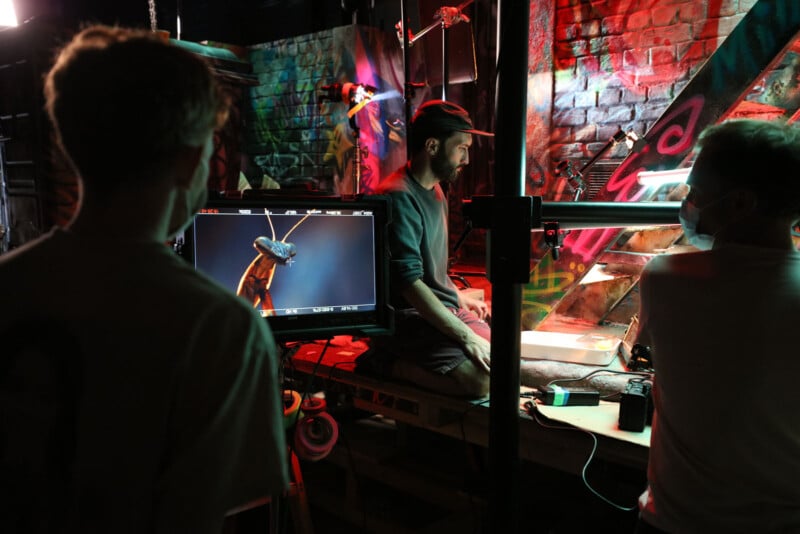
“So a lot of the time, we would try and figure out the stories that we wanted to tell for an episode. A lot of the time, they were very relatable stories. We’re telling narratives about motherhood or finding a home or universal stories that hopefully people can relate to.”
“And then working alongside these entomologists, trying to figure out what it is that we can show that’s representative of that story and how we might be able to film that in a way that makes it relatable to people.”
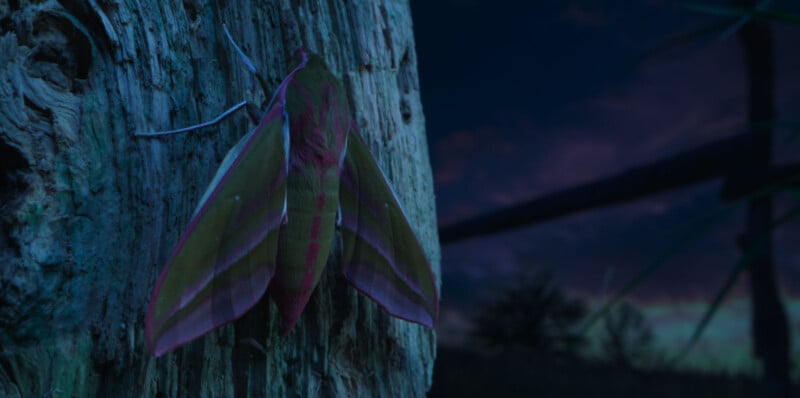
The Importance of Technology
“This has been a very technology-driven show,” Small says. “There’s been a new wave of lenses that have been brought to market over the last few years that have enabled us to film things in ways that I don’t think have ever been filmed before.
“One of them is, they’re called probe lenses. These are long, thin, strange-looking tube lenses that let you get very, very close to very, very small things.”
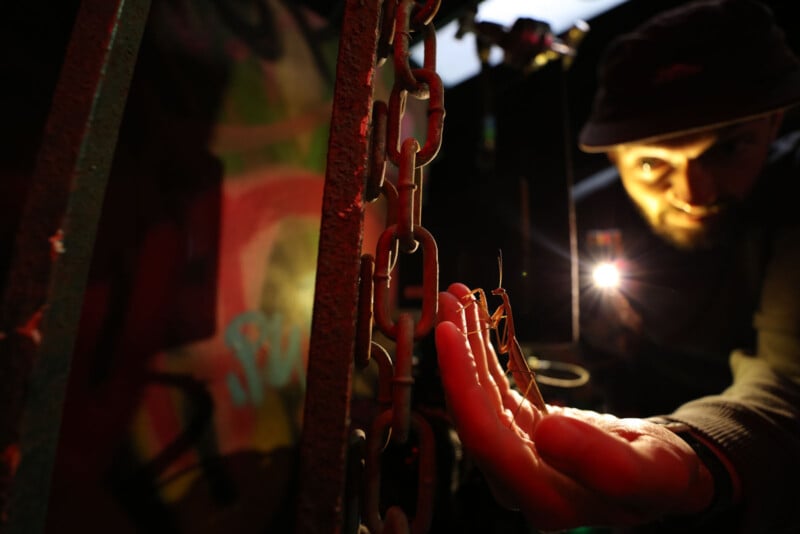
Since these probe lenses often have wide-angle focal lengths, like 25mm, they offer a very different perspective than a more traditional 60mm, 105mm, or 200mm macro lens. Those lenses offer a tight perspective at 1:1 magnification. In contrast, a wide-angle macro probe lens can get very close to tiny subjects and show the context or environment, which is a fresh perspective.
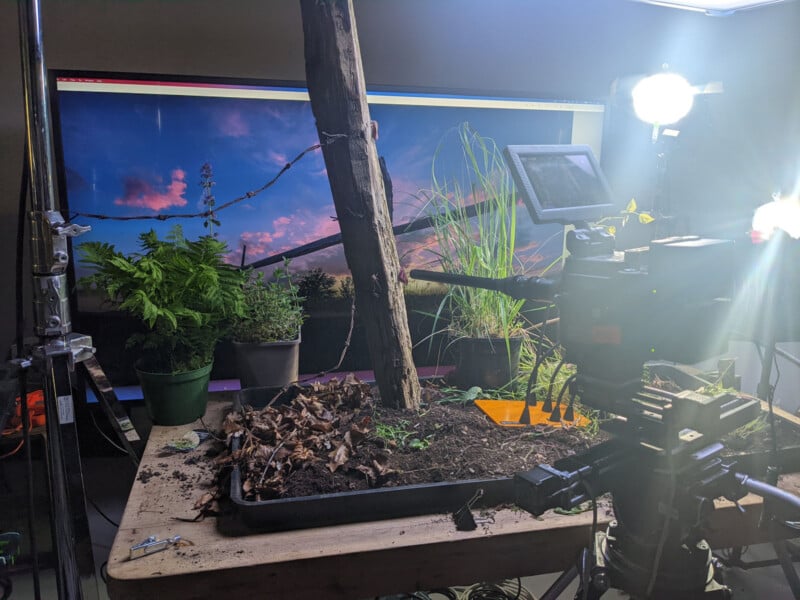
“The other thing we’ve been using a lot across this series is motion control. You’ve probably seen the classic picture of a wildlife filmmaker with a big tripod and a super long lens, but we’ve been doing it totally different.”
Small explains that for A Real Bug’s Life, he and the team have been using robots and sliders and controlling the camera remotely using a PlayStation controller.
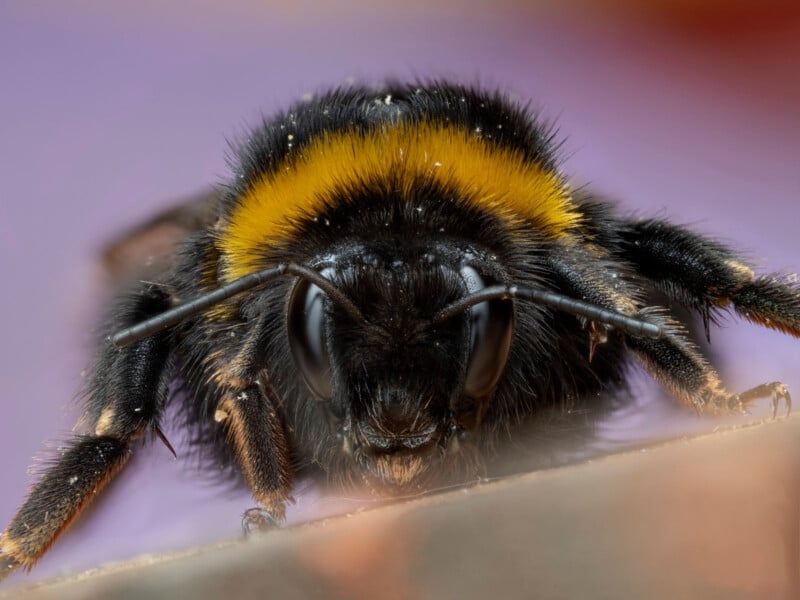
“That lets us do very precise, very controlled, and smooth movements on a very tiny scale. And hopefully, by doing that, we’re able to provide the viewer with a much more immersive and cinematic experience with the types of gimbal moves, and dolly moves that people are used to seeing on higher productions, like television dramas and things.”
It may seem like an exaggeration to say that recent developments in technology enabled the creation of A Real Bug’s Life, but in a very real way, the show would have been entirely different if not for advances in macro lens design and motion control. Seeing insects in nature documentaries is not new in and of itself, but A Real Bug’s Life delivers many novel scenes.
Nathan Small’s Interesting Photographic History: From Advertising to Bugs
“So I used to be an advertising photographer years ago, so that was my background. I’m much more the art side than the science side,” Small tells PetaPixel.
“I wanted a bit of a career change when I hit my early thirties, so I went and did a master’s degree at the National Film and Television School. It’s a two-year master’s program with the very specific subject of history documentaries.”
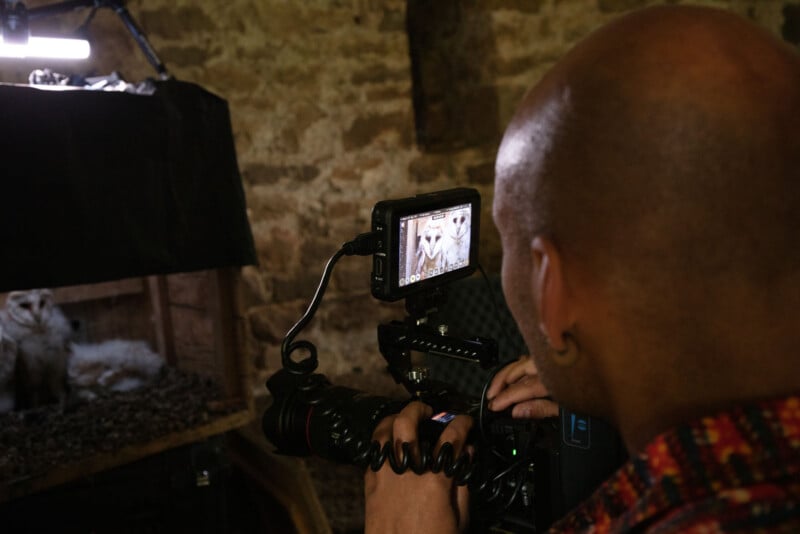
“I did that for two years, and then while I was doing my courses, my mentor said, ‘When you finish, I’m going to give you a job,’ and he came through for me, and I got a job on a show called Tiny World, which was for Apple.”
That was Small’s first job in television, and then he went on to do another show for his mentor, Planet Insect for Curiosity Stream. At the end of that production, Small was approached to work on A Real Bug’s Life.
“That was sort of three small things shows back-to-back, and then with each one a bit of a step up from research to assistant producer to producer and shooting along the way for various people and various episodes,” Small explains. “And that brings us to now. A Real Bug’s Life is my first producer credit as well. This show is a big deal for me, that’s why I’m so keen for people to see it.”
Crafting a Narrative Versus Responding to Nature as it Happens
Compared to filming a scripted television drama or comedy series, when creating a nature documentary, even the best plans and preparation can be disrupted by nature. Insects don’t take direction, after all. However, to make a compelling nature show, there still needs to be an overarching narrative. Viewers need to be able to connect with the story.
“With a show like this, you very much plan it out first. I have an idea what the behavior is or what the story is that we’re trying to tell. And then we are shooting to a script, which obviously changes constantly when the reality of the actual shoot takes place,” Small explains.
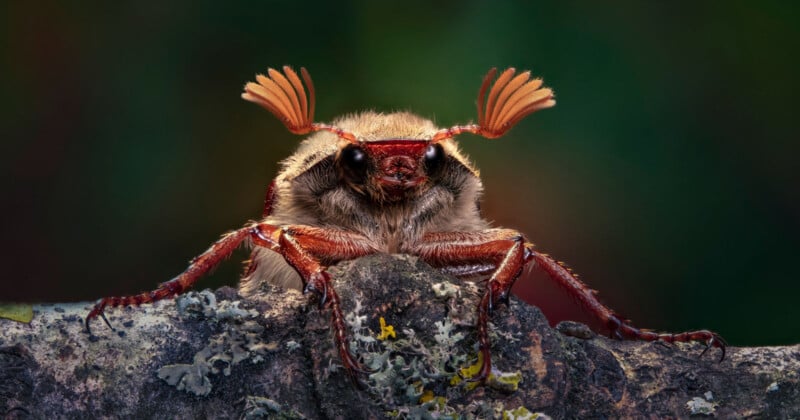
“You go there with an idea and a plan of what you want, and then you need to be very flexible based on what actually happens.”
If an amazing but unexpected behavior occurs that wasn’t included in the script, then filmmakers like Small will shoot it and try to find a way to connect it to the intended story.
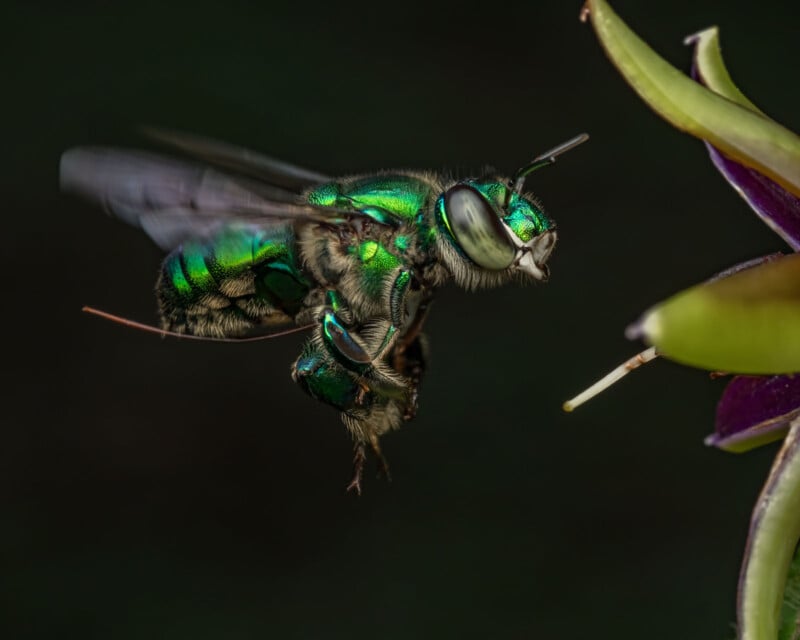
“It’s definitely not a show that is like, go out, film a load of stuff, and then cobble it together in the edit. It is well planned because everything — all the characters — need to interact, and things need to weave in and out of each other. And there needs to be a payoff; it must feel satisfying.”
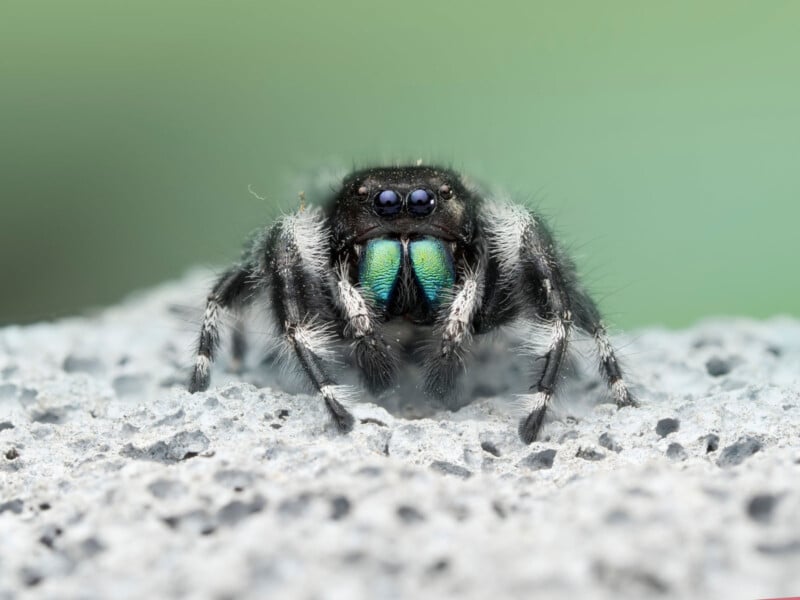
“And that needs to be planned in the same way you wouldn’t turn up on a drama shoot and say to the actors, ‘Yeah, just go for it. Let’s see what happens,'” Small adds.
Advice for Amateur Creators
The macro photography community is one of the tightest-knit photo spheres. Macro enthusiasts, especially insect macro photographers, are very open with their advice and time. On Instagram, in particular, there is a wonderful community that Nathan Small still frequently visits.
“Everyone’s super nerdy and super nice and generous with information,” he says. “We all email each other and message each other all the time. ‘How have you done this?’ And people will share their tips and their knowledge with you very readily.”
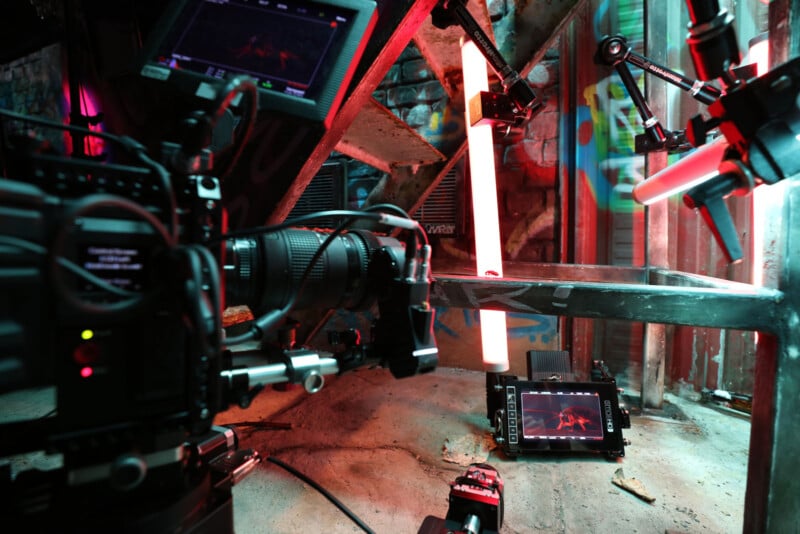
For macro photographers of all experience levels, that is a great place to go. Small recommends following people whose work you like and don’t hesitate to message people and ask questions.
As for filmmaking, and despite the amazing technology that helped make A Real Bug’s Life possible, creators shouldn’t get too bogged down by technology.
“If it’s broadcast for Disney, then yeah, you need the biggest, fanciest cameras,” Small admits. “But if you just want to shoot something and work out the storytelling and the craft, rather than delaying doing it because you don’t think you’ve got the right camera to do it, just get out and do it.”
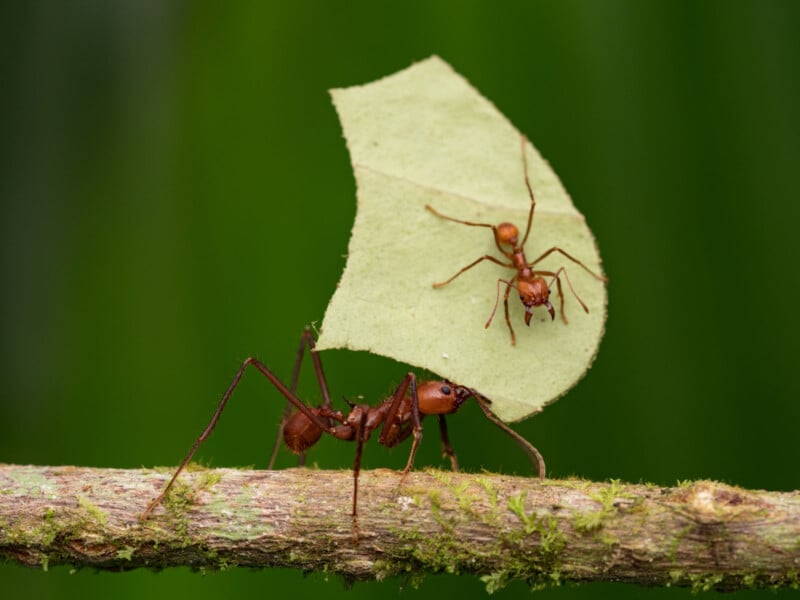
A Real Bug’s Life Airs This Week
A Real Bug’s Life debuts on Disney+ this Wednesday, January 24. The series is produced in partnership with National Geographic and is narrated by the excellent Awkwafina, known for her Comedy Central series Awkwafina is Nora From Queens and her roles in feature films like Crazy Rich Asians and Shang-Chi and the Legend of the Ten Rings.
To see more from Nathan Small, visit his website and follow him on Instagram.
Image credits: All images courtesy of National Geographic and Disney. Photos are from “A Real Bug’s Life,” premiering on Disney+ on January 24, 2024.